Comprehensive Guide to Resolving Garden Woes
Gardening can be a truly rewarding and enjoyable hobby, but it’s not without its fair share of challenges. As any experienced green thumb will tell you, there’s often a delicate balance to strike when it comes to nurturing a thriving outdoor oasis. From pesky pests to finicky plants, the list of potential problems can sometimes feel endless.

Fear not, fellow gardeners! In this comprehensive guide, we’re here to tackle some of the most common garden issues head-on. Daphne, our resident horticulture expert, has compiled a wealth of troubleshooting tips and tricks to help you get your garden back on track. Whether you’re battling stubborn weeds, struggling with soil pH, or dealing with a mysterious plant ailment, we’ve got you covered.
Table of Contents
- Weed Woes: Identifying and Eradicating Unwanted Plants
- Soil Surprises: Addressing pH Imbalances and Nutrient Deficiencies
- Pest Problems: Protecting Your Plants from Unwanted Visitors
- Disease Dilemmas: Recognizing and Treating Plant Illnesses
- Watering Woes: Striking the Right Balance for Healthy Growth
- Climate Calamities: Adapting Your Garden to Changing Conditions
- Comparison Tables: Choosing the Right Tools and Products for the Job
- FAQs: Your Gardening Questions Answered
Weed Woes: Identifying and Eradicating Unwanted Plants
Weeds are the bane of every gardener’s existence, popping up seemingly overnight and threatening to overtake your carefully cultivated plants. But fear not – with a bit of diligence and the right strategies, you can reclaim your garden from these unwelcome invaders.
The first step in tackling weed problems is proper identification. Not all plants are created equal, and it’s important to know your foes. Daphne recommends using a field guide or online resource to familiarize yourself with the most common weed species in your area. This will help you develop a targeted approach to eradication.
Once you’ve identified the culprits, it’s time to put on your gardening gloves and get to work. For small infestations, manual removal is often the most effective solution. Gently pull weeds from the root, making sure to get the entire plant. For larger or more persistent weeds, Daphne suggests employing a combination of mulching, hand-pulling, and selective herbicide application.
Mulching is a gardener’s best friend when it comes to weed control. By laying a thick layer of organic material, such as wood chips or shredded leaves, around your plants, you can effectively smother emerging weeds and prevent new ones from taking root. Just be sure to leave a small gap around the base of your plants to allow for proper air circulation and water absorption.
For tough, deep-rooted weeds that refuse to budge, Daphne recommends using a targeted herbicide application. Look for products that are specifically formulated for the weed species you’re battling, and always follow the manufacturer’s instructions carefully. Spot-treating problem areas can help minimize the impact on your desired plants.
Remember, consistency is key when it comes to weed management. Stay vigilant, and don’t let those pesky interlopers get the upper hand. With a little elbow grease and a strategic approach, you can reclaim your garden and enjoy a lush, weed-free oasis.
Soil Surprises: Addressing pH Imbalances and Nutrient Deficiencies
The foundation of a thriving garden lies in the soil – that unassuming, yet crucial medium that nourishes our plants. But as any seasoned gardener knows, soil can be a fickle beast, with a delicate balance of pH and nutrient levels that can make or break your horticultural success.
Daphne’s first piece of advice when it comes to soil management? Test, test, test. Regular soil testing is the key to unlocking the secrets of your garden’s foundation. By understanding the pH and nutrient composition of your soil, you can make targeted adjustments to ensure your plants are receiving the sustenance they need.
pH imbalances can be a common culprit when it comes to plant struggles. Most plants thrive in slightly acidic soil, with a pH range of 6.0 to 7.0. If your soil tests reveal a pH that’s too high (alkaline) or too low (acidic), it’s time to take action.
For acidic soil, Daphne recommends incorporating lime or wood ash to raise the pH. Conversely, if your soil is too alkaline, you can lower the pH by adding sulfur or organic matter like compost. Just be sure to follow the recommended application rates for your specific soil type and desired pH level.
Nutrient deficiencies can also wreak havoc on your garden. Plants require a delicate balance of essential nutrients, including nitrogen, phosphorus, and potassium, as well as a host of micronutrients. Yellowing leaves, stunted growth, and poor flowering or fruiting are all potential signs of a nutrient imbalance.
Daphne’s go-to solution? Incorporating a balanced, slow-release fertilizer into your garden’s soil. This ensures a steady supply of essential nutrients throughout the growing season. Organic options, such as compost or well-rotted manure, can also work wonders in replenishing depleted soils.
Remember, soil health is an ongoing process. Regular testing, amendments, and monitoring will help you maintain the optimal conditions for your plants to thrive. With Daphne’s expert guidance, you’ll be well on your way to a lush, vibrant garden that’s rooted in nutrient-rich, balanced soil.
Pest Problems: Protecting Your Plants from Unwanted Visitors
No matter how diligently you care for your garden, it’s almost inevitable that you’ll encounter some unwelcome guests – in the form of pests. These pesky critters can wreak havoc on your beloved plants, from leaf-munching caterpillars to sap-sucking aphids.
Daphne’s first line of defense against garden pests? Careful observation and early detection. Regularly inspecting your plants for signs of damage or the presence of insects can help you nip problems in the bud before they spiral out of control.
When it comes to pest management, Daphne advocates for an integrated approach that prioritizes eco-friendly, organic solutions. “The key is to create a balanced, diverse garden ecosystem that’s less hospitable to problematic pests,” she explains. “By encouraging the presence of beneficial insects and using natural repellents, you can often keep pests at bay without relying on harsh chemicals.”
One of Daphne’s favorite natural pest deterrents is a simple homemade spray made from garlic, chili peppers, and soap. This potent concoction can be effective in repelling a wide range of garden invaders, from aphids to Japanese beetles. She also recommends introducing companion plants, such as marigolds or lavender, which can help deter pests through their strong scents.
For more stubborn infestations, Daphne may recommend the strategic use of organic pesticides, such as neem oil or insecticidal soap. These products target specific pests while minimizing harm to beneficial insects and the surrounding environment.
In addition to direct pest control methods, Daphne emphasizes the importance of maintaining a healthy, vibrant garden. “A strong, well-nourished plant is better equipped to withstand pest attacks,” she explains. “By ensuring your soil is rich in nutrients and your plants are getting the right amount of water and sunlight, you’re giving them the best chance to thrive.”
Ultimately, Daphne’s approach to pest management is all about balance and harmony within the garden ecosystem. With a little vigilance and a touch of natural ingenuity, you can keep your plants safe from harm and enjoy a bountiful, pest-free harvest.
Disease Dilemmas: Recognizing and Treating Plant Illnesses
Gardening is a delicate dance, and sometimes, despite our best efforts, our beloved plants can fall victim to diseases. These pesky ailments can manifest in a variety of ways, from unsightly discoloration to wilting and decay. But fear not, fellow gardeners – Daphne is here to guide you through the process of identifying and treating common plant diseases.
The first step in tackling a disease dilemma is accurate diagnosis. Daphne recommends closely inspecting your plants for any unusual symptoms, such as spotted or yellowing leaves, powdery growths, or wilting. Once you’ve pinpointed the problem, it’s time to determine the underlying cause.
“Many plant diseases are caused by fungi, bacteria, or viruses,” Daphne explains. “Understanding the specific pathogen responsible is crucial for selecting the right treatment approach.” She suggests consulting reliable online resources, gardening books, or even enlisting the help of your local cooperative extension office to identify the culprit.
When it comes to treatment, Daphne’s philosophy emphasizes a balanced, holistic approach. “The key is to create an environment that’s inhospitable to the disease-causing organism, while also strengthening the overall health and resilience of the affected plant,” she says.
For fungal infections, Daphne may recommend using a natural, copper-based fungicide or a homemade baking soda solution. Bacterial diseases, on the other hand, often respond better to copper-based sprays or beneficial microbial treatments. And in the case of viral infections, the best course of action may be to remove and destroy the affected plant to prevent the spread of the disease.
Alongside targeted treatments, Daphne emphasizes the importance of maintaining good garden hygiene. “Regularly cleaning and sterilizing your tools, removing fallen leaves and debris, and providing proper air circulation can all help reduce the risk of disease outbreaks,” she advises.
Perhaps most importantly, Daphne encourages gardeners to adopt a proactive approach to disease prevention. “By building healthy, vibrant plants through proper soil management, watering, and nutrient supplementation, you’re giving them a much better chance of fending off potential pathogens,” she explains.
With Daphne’s expert guidance and a touch of vigilance, you can nip plant diseases in the bud and enjoy a thriving, disease-free garden. Remember, a little preventative care goes a long way in maintaining the overall health and vitality of your outdoor oasis.
Watering Woes: Striking the Right Balance for Healthy Growth
Water is the lifeblood of any garden, but finding the perfect balance can sometimes feel like a delicate tightrope walk. Too much or too little can spell disaster for your plants, leading to a host of problems, from wilting and root rot to stunted growth and pest infestations.
Daphne, our resident horticulture expert, knows a thing or two about mastering the art of watering. “The key,” she explains, “is to understand the unique needs of each plant in your garden and adjust your watering routine accordingly.”
For starters, Daphne recommends familiarizing yourself with the signs of both over- and under-watering. Wilting, yellowing leaves, and drooping foliage are telltale signs that your plants are thirsty, while waterlogged soil, mushy roots, and fungal growth often indicate that you’re drowning your plants.
To strike the right balance, Daphne suggests paying close attention to the soil moisture levels in your garden. “Stick your finger into the soil up to the second knuckle,” she advises. “If the soil feels dry, it’s time to water. If it’s still damp, hold off for a bit.”
The frequency and amount of water your plants require will depend on a variety of factors, including the climate, the plant’s stage of growth, and the soil type. Daphne recommends adjusting your watering schedule accordingly, watering more deeply and less frequently during hot, dry spells, and reducing irrigation during cooler, wetter periods.
For optimal results, Daphne suggests investing in a rain gauge or soil moisture meter to help you track precipitation and soil conditions more precisely. “These tools can take the guesswork out of watering and ensure you’re providing your plants with just the right amount of H2O,” she explains.
In addition to monitoring soil moisture, Daphne emphasizes the importance of paying attention to the time of day you water. “Early morning or late afternoon is generally the best time, as it minimizes evaporation and gives the plants time to absorb the moisture before the sun’s heat kicks in,” she advises.
By following Daphne’s expert guidance and adjusting your watering routine to suit the unique needs of your garden, you can help your plants thrive and avoid the pitfalls of both over- and under-watering. With a little practice and close observation, you’ll be on your way to mastering the delicate balance of hydration and healthy growth.
Climate Calamities: Adapting Your Garden to Changing Conditions
As gardeners, we’re well-versed in the challenges of working with Mother Nature. From unexpected frosts to heat waves and drought, the ever-changing climate can wreak havoc on even the most well-tended outdoor oasis. But fear not, Daphne is here to share her expert advice on adapting your garden to cope with the caprices of the great outdoors.
“One of the biggest keys to success in the face of climatic challenges is to choose plants that are well-suited to your local conditions,” Daphne explains. “By selecting hardy, resilient species that thrive in your particular hardiness zone and weather patterns, you’re giving your garden a much better chance of surviving and thriving.”
For gardeners in regions prone to extreme temperatures, Daphne recommends incorporating a diverse array of cold-hardy and heat-tolerant plants into your landscape. This could include tough, drought-resistant succulents, as well as cool-season crops that can withstand the chill.
When it comes to preparing your garden for unpredictable weather events, Daphne stresses the importance of proactive planning and protection. “Investing in row covers, cold frames, or greenhouses can help shield your plants from frost, while mulching and careful watering can assist in mitigating the effects of drought and heat waves,” she advises.
And for those unlucky enough to face the aftermath of a severe storm or natural disaster, Daphne offers some sage words of wisdom. “The key is to act quickly and decisively,” she says. “Assess the damage, remove any debris or fallen branches, and focus on stabilizing and supporting your plants as they recover.”
Daphne also emphasizes the value of adapting your gardening practices to the changing climate. “As temperatures and precipitation patterns shift, it’s important to be flexible and ready to adjust your planting schedules, watering routines, and pest management strategies,” she explains.
By embracing a proactive, adaptable approach to gardening, you can help your outdoor oasis weather the storms and thrive in the face of ever-evolving climatic conditions. With Daphne’s expert guidance and a bit of trial and error, you’ll be well on your way to creating a garden that can stand strong against the caprices of Mother Nature.
Comparison Tables: Choosing the Right Tools and Products for the Job
As any seasoned gardener knows, the key to tackling common garden problems often lies in the right tools and products. From weed-busting implements to disease-fighting sprays, the sheer array of options can sometimes feel overwhelming. That’s where Daphne’s comparison tables come in handy, helping you navigate the gardening marketplace and make informed decisions.
[Comparison 1: Weed Control Tools]
| Tool | Description | Pros | Cons |
|---|---|---|---|
| Hand Trowel | A small, handheld tool for digging and uprooting weeds | – Inexpensive<br>- Precise control<br>- Good for small areas | – Tiring for large areas<br>- Difficult to get deep roots |
| Hoe | A long-handled tool with a flat, sharp blade for cutting and scraping weeds | – Efficient for larger areas<br>- Can get deep into the soil | – Requires more effort<br>- Can damage nearby plants |
| Weed Puller | A tool with a claw-like mechanism that grabs and extracts weeds from the root | – Minimal effort required<br>- Effective for deep-rooted weeds | – More expensive<br>- Limited to specific weed types |
| Flame Weeder | A tool that uses a targeted flame to burn and kill weeds | – Effective for small, annual weeds<br>- Avoids soil disturbance | – Fire hazard<br>- Not suitable for larger or perennial weeds |
[Compariso 2: Organic Pest Control Products]
| Product | Description | Pros | Cons |
|---|---|---|---|
| Neem Oil | A natural, plant-derived insecticide and fungicide | – Broad-spectrum pest control<br>- Safe for beneficial insects | – Requires multiple applications<br>- Sensitive to weather conditions |
| Diatomaceous Earth | A powder made from crushed fossils, abrasive to insects | – Effective against a variety of pests<br>- Long-lasting | – Must be reapplied after rain or watering<br>- Can be irritating to skin and lungs |
| Bacillus thuringiensis (Bt) | A naturally occurring bacterium that targets specific pests | – Targeted, low-toxicity solution<br>- Safe for beneficial insects | – Effective only against certain caterpillars and larvae |
FAQs: Your Gardening Questions Answered
Q: How can I tell if my soil needs to be amended?
A: The best way to determine if your soil needs amending is to have it tested. You can either send a sample to a lab or use an at-home soil test kit. These tests will provide valuable insights into your soil’s pH, nutrient levels, and other key characteristics. Based on the results, you can then make informed decisions about the types of amendments, such as lime, compost, or fertilizers, that your garden needs.
Q: I’m dealing with a major pest infestation. What’s the best way to get it under control?
A: When facing a severe pest problem, it’s important to take a multi-faceted approach. Start by identifying the specific pests you’re dealing with, then research the most effective organic control methods. This could include introducing beneficial insects, using natural repellents, or applying targeted, eco-friendly pesticides. Consistent monitoring and removal of infested plant material is also key to getting the situation under control.
Q: My plants seem to be struggling with a disease, but I’m not sure what it is. How can I diagnose the problem?
A: Accurate diagnosis is crucial when it comes to plant diseases. Start by closely inspecting your affected plants for any visible symptoms, such as discoloration, spots, or signs of decay. You can also try to identify the causal agent, whether it’s a fungus, bacteria, or virus. If you’re still unsure, consider reaching out to your local cooperative extension office or a knowledgeable gardening expert for assistance in diagnosis and treatment recommendations.
Q: How do I know if I’m overwatering or underwatering my plants?
A: There are a few key signs to look for when it comes to identifying watering issues. Underwatered plants will typically display wilting, drooping leaves, or a generally stressed appearance. Overwatered plants, on the other hand, may have yellowing or browning foliage, soft or mushy stems, and potentially even signs of fungal growth. The best way to assess soil moisture is to stick your finger into the soil up to the second knuckle. If the soil is dry, it’s time to water. If it’s still damp, hold off on irrigation.
Q: I’m dealing with a lot of extreme weather in my area. What can I do to protect my garden?
A: Adapting your garden to withstand the challenges of extreme weather is all about being proactive and flexible. Start by choosing plants that are well-suited to your local climate and hardiness zone. Invest in protective structures like row covers, cold frames, or greenhouses to shield your plants from frost, heat, or heavy rain. Be ready to adjust your watering, fertilizing, and pest management strategies as conditions change throughout the seasons. And if disaster strikes, act quickly to assess and stabilize any damage to your garden.
Conclusion: Embracing the Challenges of Gardening
Gardening may not always be a walk in the park, but with Daphne’s expert guidance and a bit of perseverance, you can transform your outdoor oasis into a flourishing, problem-free paradise. By mastering the art of weed control, soil management, pest and disease prevention, and climate adaptation, you’ll be well on your way to growing a healthy, vibrant garden that thrives year after year.
Remember, every garden is unique, and the challenges you face may vary depending on your location, climate, and the specific plants you choose to cultivate. But by remaining flexible, observant, and committed to continuous learning, you can overcome any obstacle that comes your way.
So, fellow gardeners, embrace the journey ahead with enthusiasm and a touch of Daphne’s signature green thumb. With her proven strategies and your own dedication, you’ll be well on your way to creating a garden that not only looks stunning but also functions in perfect harmony with the natural world around it. Happy gardening!


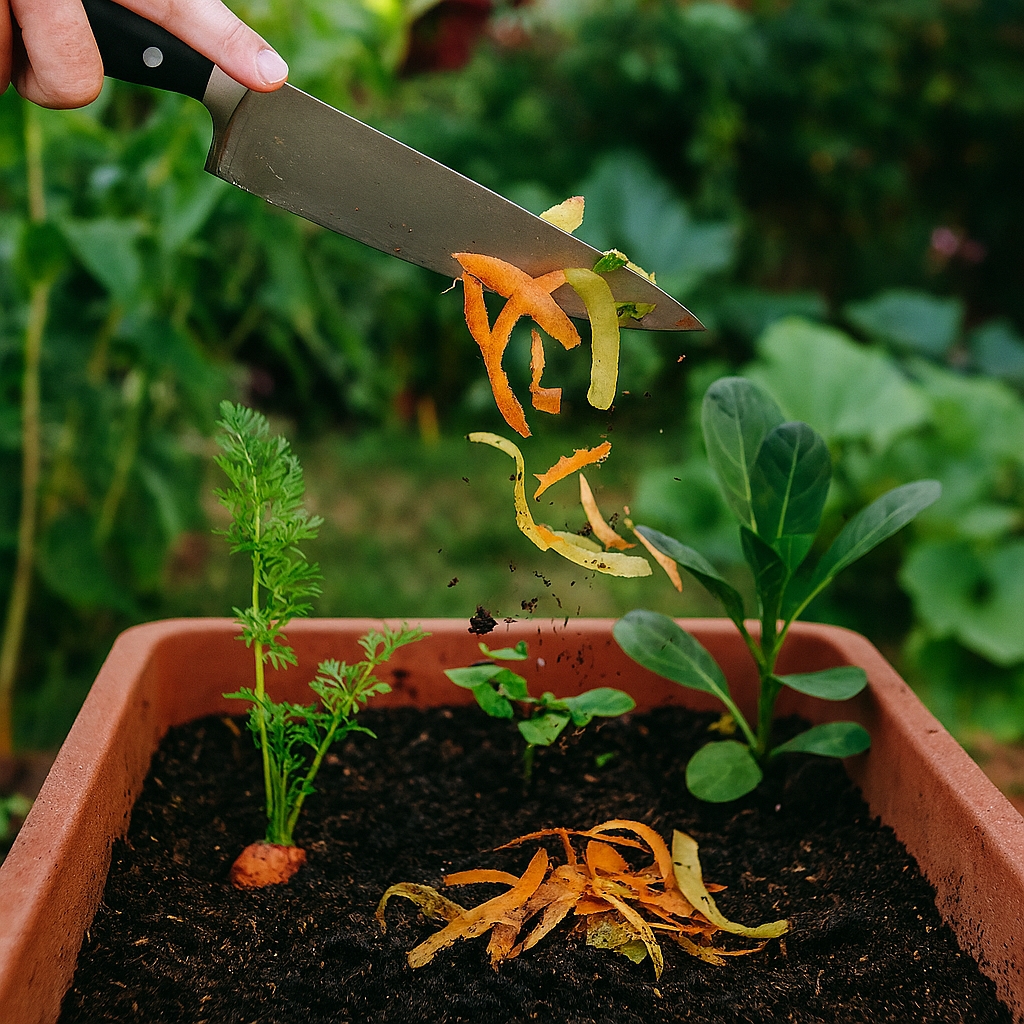
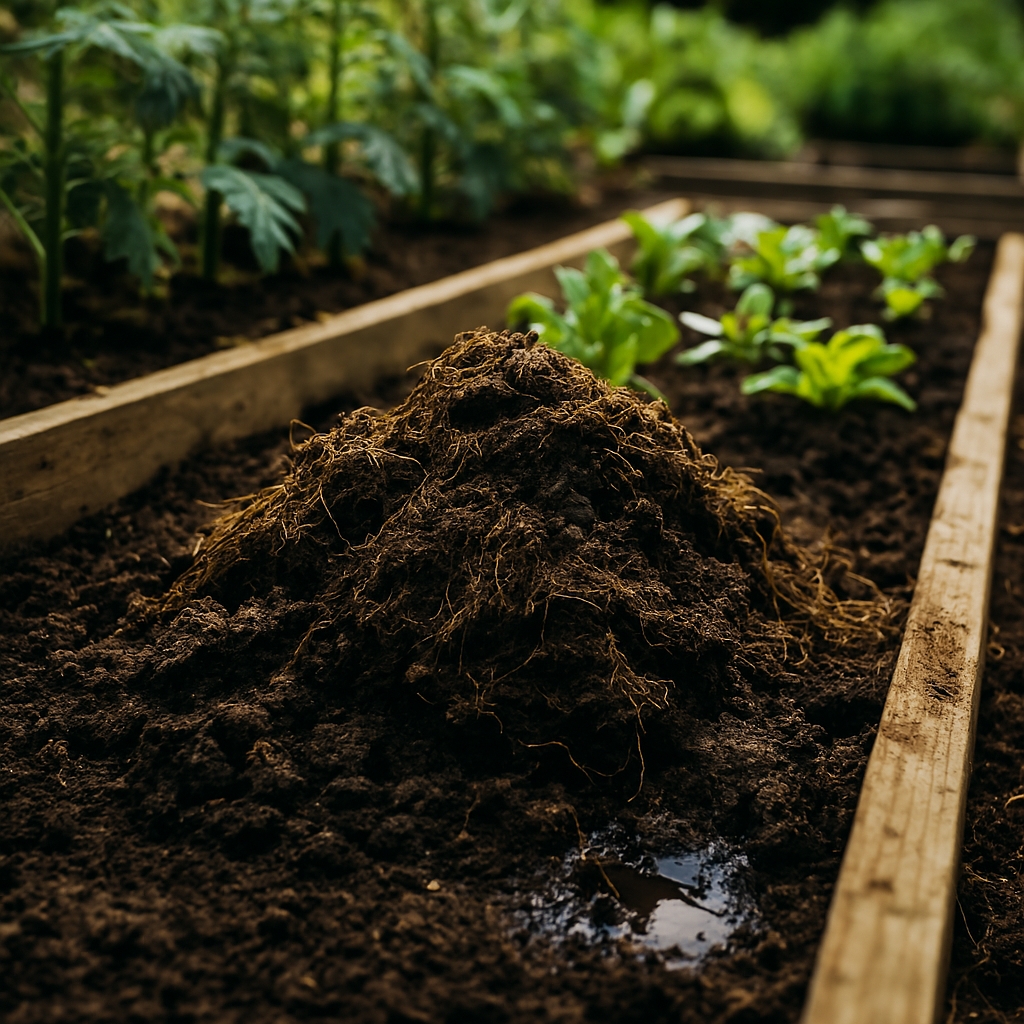
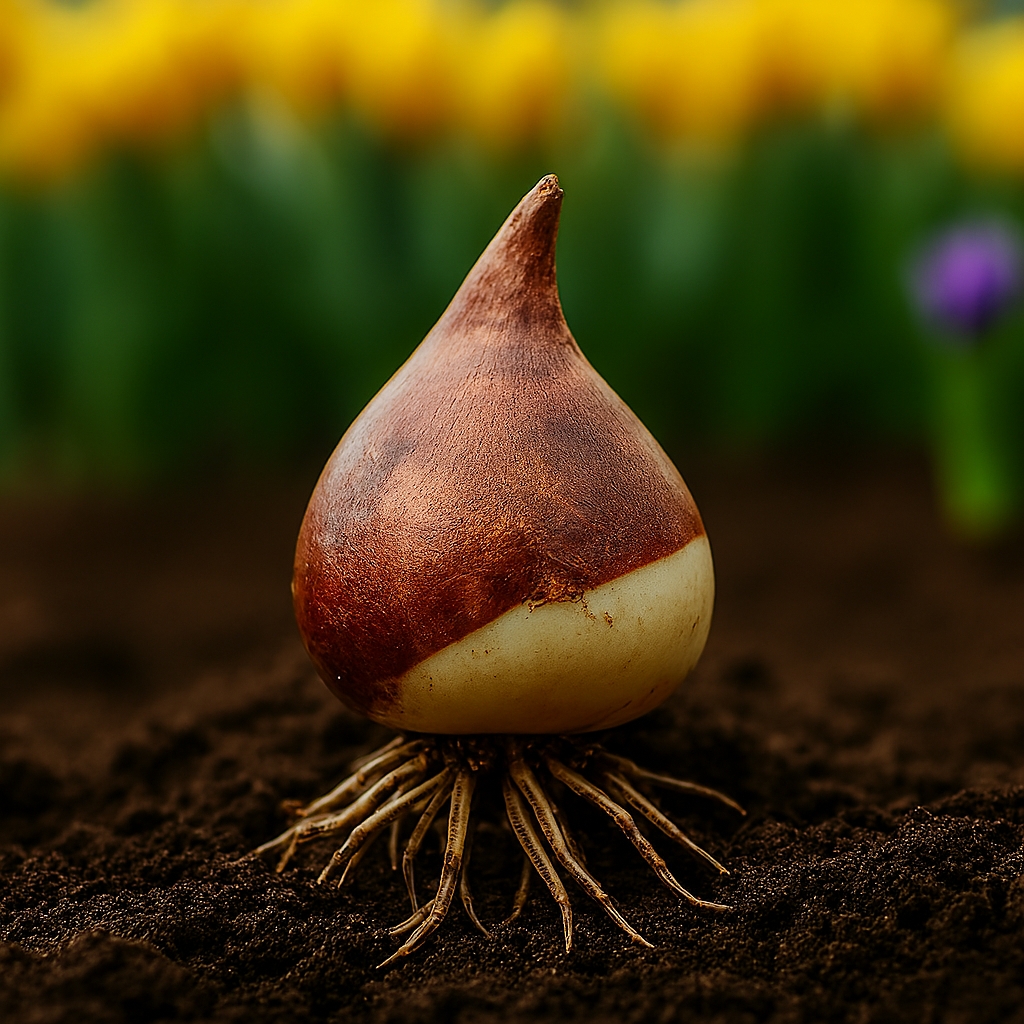
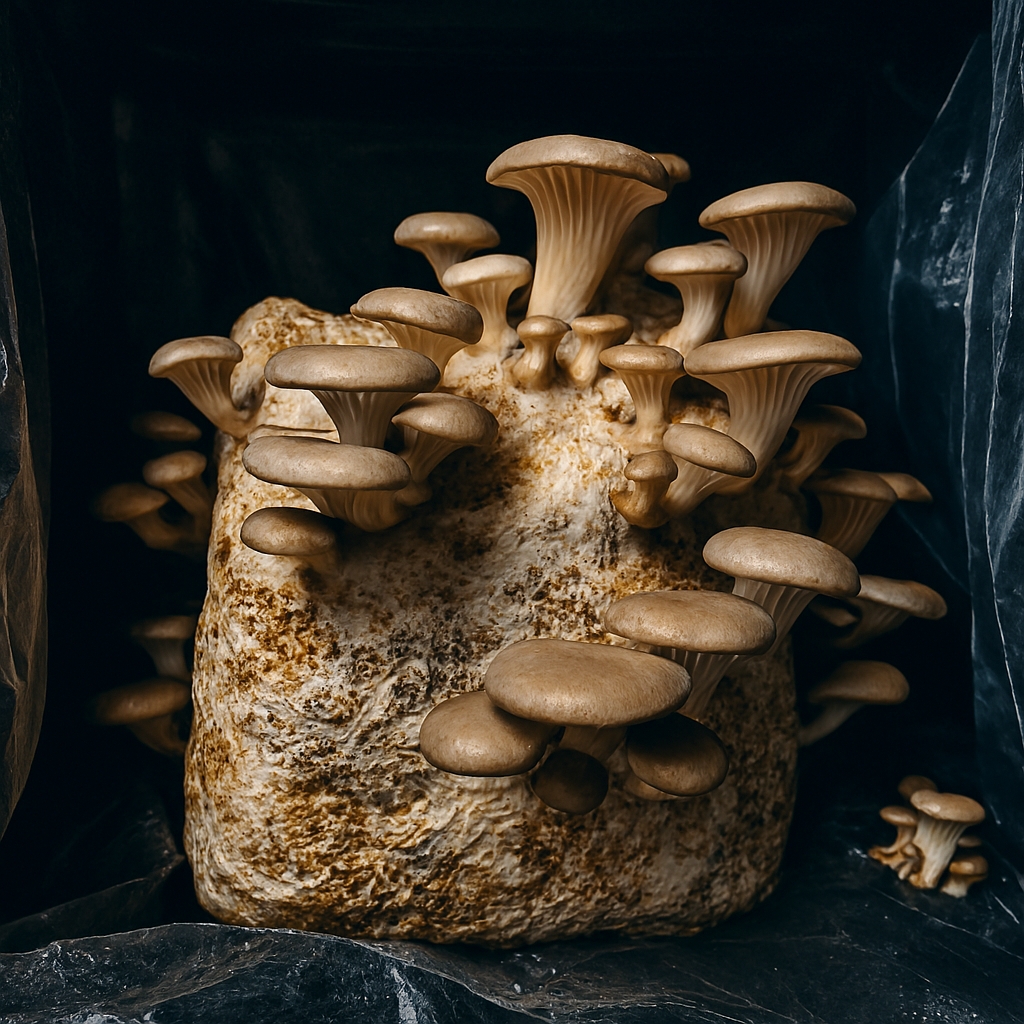
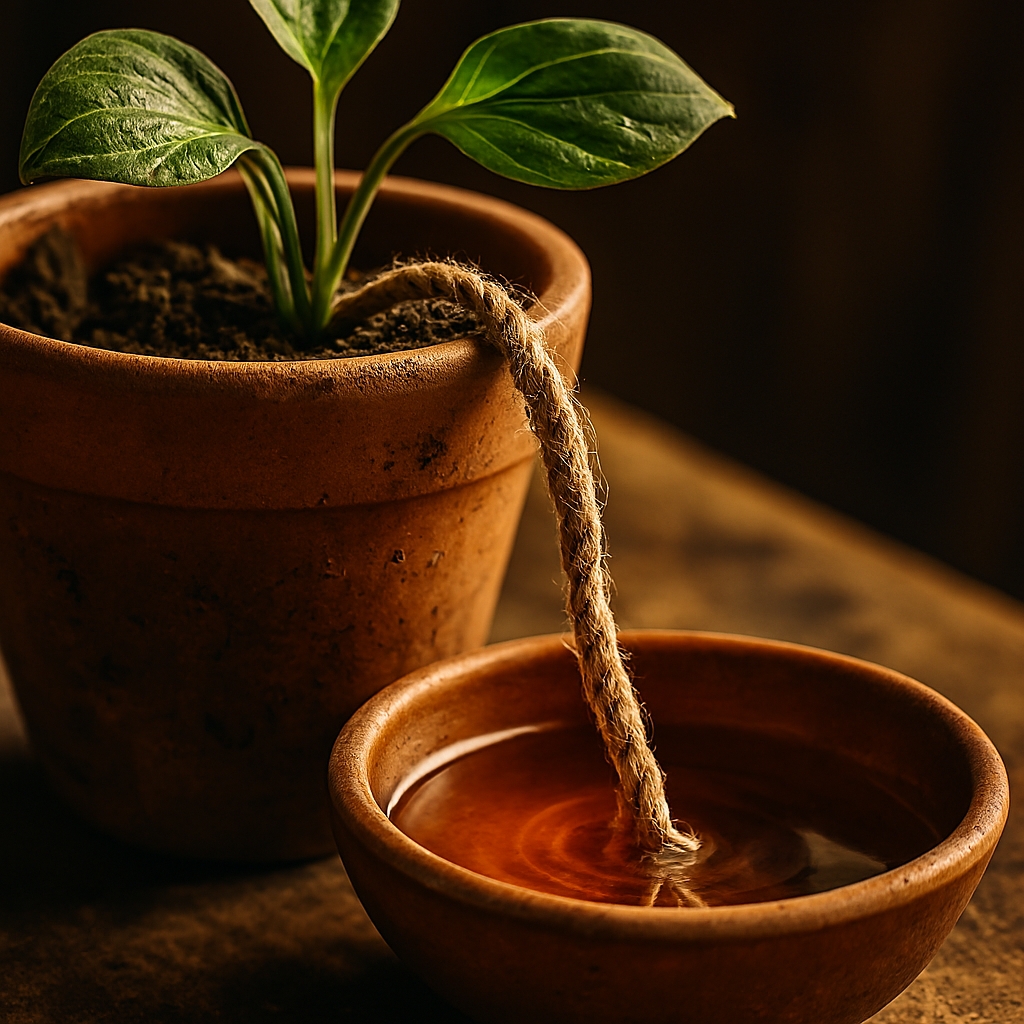
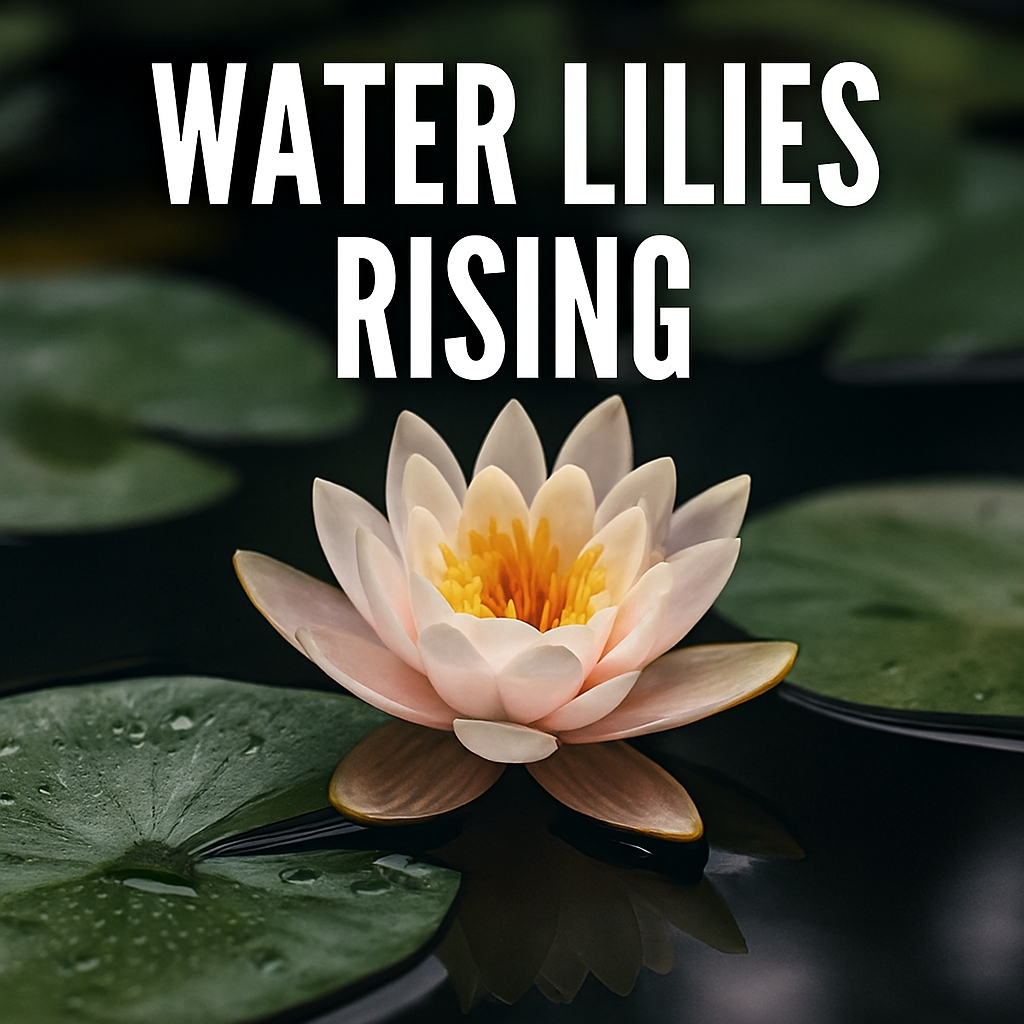
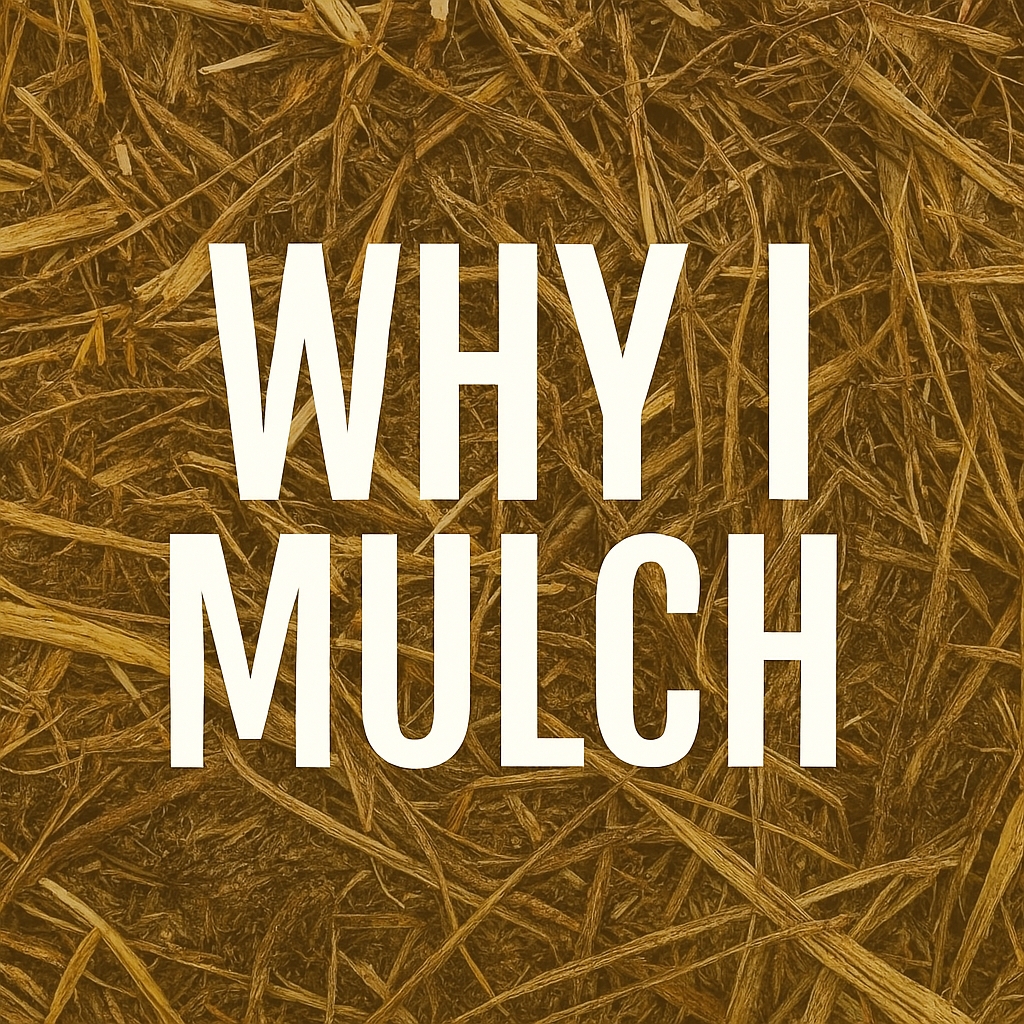

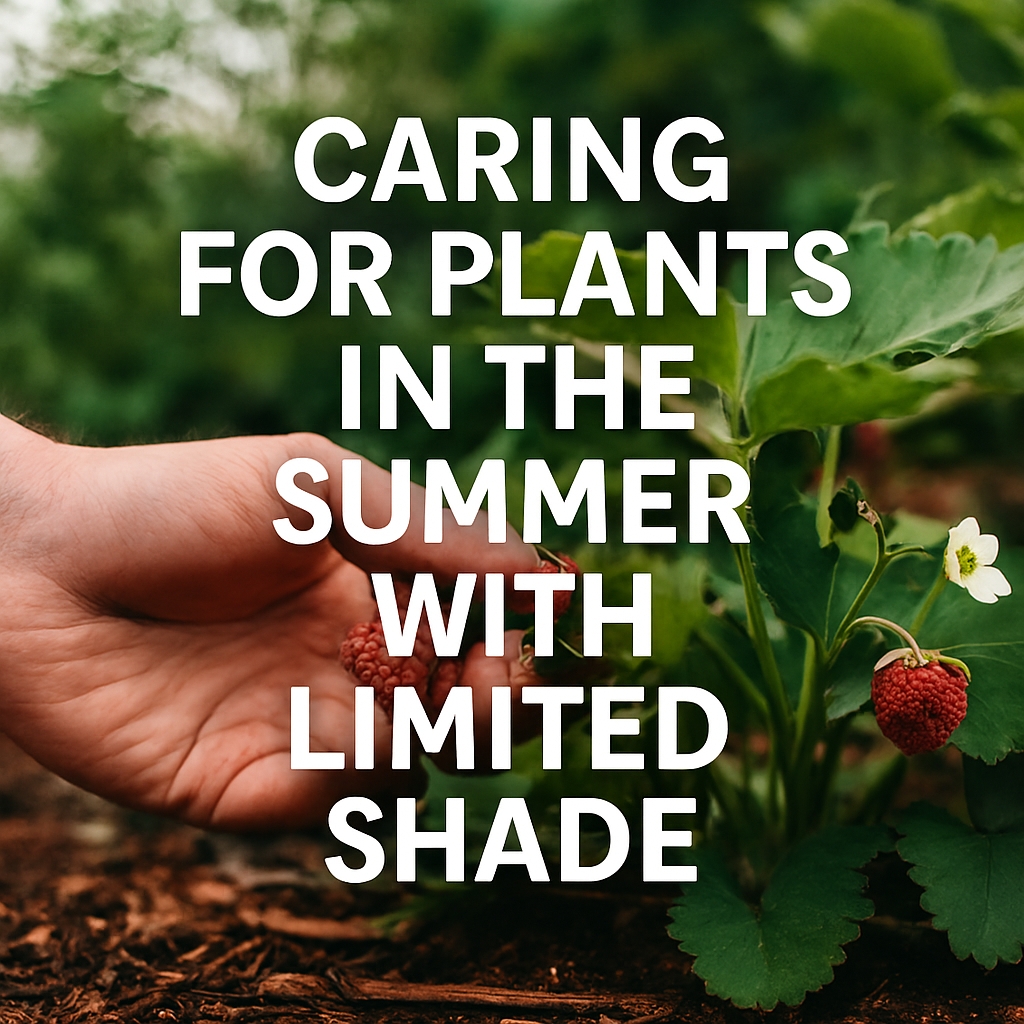




Leave a Reply